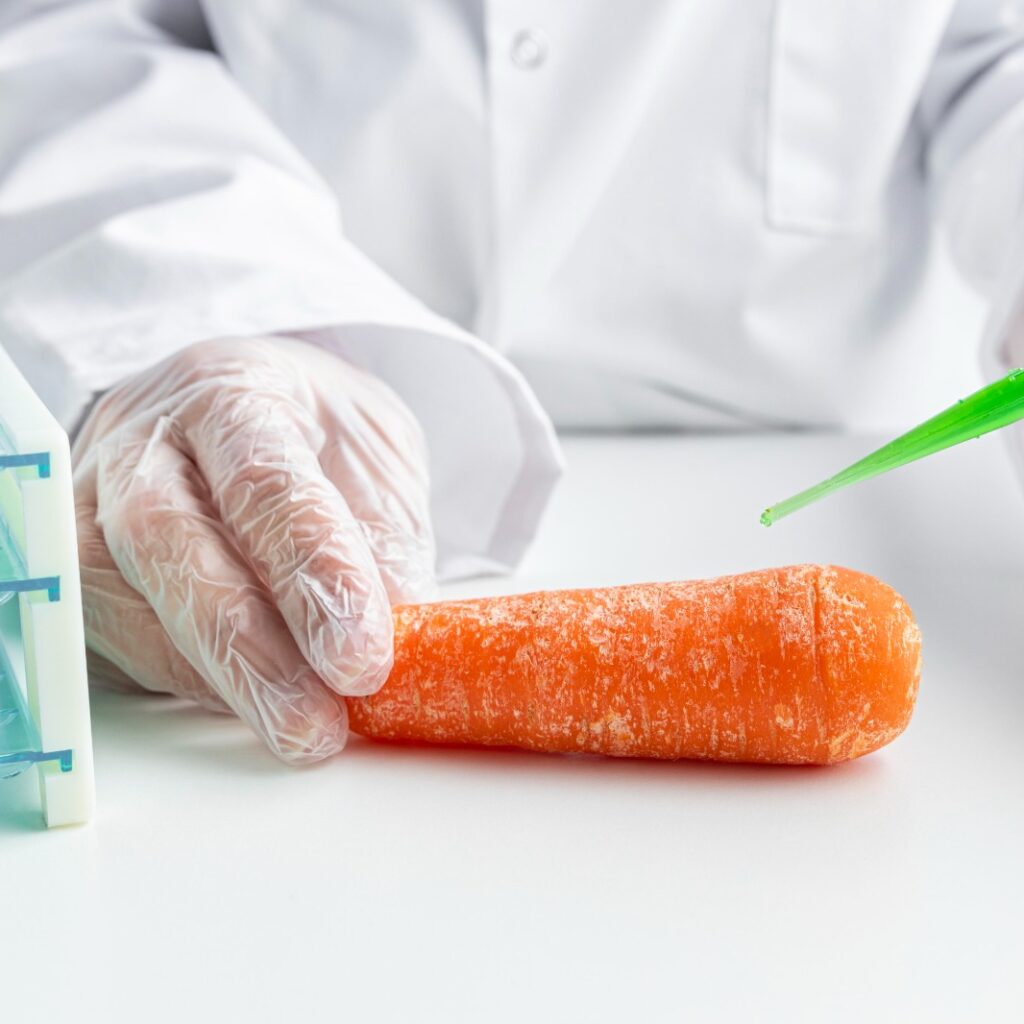Have you ever reached for a bag of flour or a box of cereal, only to discover unwelcome guests?
In this blog, we’ll delve into the world of sneaky critters that infiltrate food products and learn how to reclaim our food storage spaces.
Stored product pests are small insects that can damage food products stored in both home and commercial settings.
These pests are not only nuisances but also pose severe health risks to humans and can compromise the quality of food items.
Stored product pests can be found in various locations, including warehouses, kitchens, storerooms, and grocery stores.
They are attracted to foods, fruits, and grains, which is why they tend to infest these areas.
Their presence can lead to food contamination, resulting in serious health problems for consumers and substantial financial losses for businesses.
Common pantry pests
Understanding the various types of pantry pests is crucial for effective prevention and control. Let’s look at some commonly seen pantry pests.
Indian Meal Moth
The Indian Meal Moth is a small insect, measuring approximately 8-10 mm in length.
It has a reddish-brown color with a coppery luster and distinctive wing markings.
Rice Weevil
Rice Weevils are reddish-brown in color and measure about 2-3 mm in length. As the name suggests, they are commonly found in rice and other grains.
These pests are often found in kitchen pantries and storage areas, where they are attracted to dried fruits, grains, and spices.
Flour Beetle
Flour Beetles are insects ranging from 3-4 mm in length, with a reddish-brown color and an elongated shape.
They are typically found in flour and cereals and thrive in dry environments.
Sawtoothed Grain Beetles
Sawtoothed Grain Beetles are small and brown in color with six saw-like projections on their thorax. This is a common pantry pest.
They infest stored grains, cereals, and flour, live in warm, dry environments.
These pests spoil food by contaminating it with their eggs, larvae, and excrement, rendering it inedible and potentially causing health concerns.
Ants
Stored product can attract various types of ants. Common species include the red imported fire ant, which is reddish-brown, and the Argentine ant, which is dark brown.
These ants contaminate food, making it unsuitable for consumption due to their presence and waste.
Warehouse Beetle
Warehouse Beetles are oval-shaped insects measuring about 2.5 – 3.5 mm in length.
They have brown and black coloring and are commonly found in warehouses. These pests infest grains, spices, and dried fruits.
Identifying signs of infestation
Stored product food pests are a common issue in places where food is stored, such as households, godowns, and warehouses.
Detecting infestations early is crucial for easier control. Let’s delve deeper into identifying the signs of a stored product food infestation.
Visible pests
If you notice live pests running here and there, it is considered a major sign of infestation. Please inspect for pests such as moths, beetles, ants, and others.
Holes or chew marks
Inspect for any holes or chew marks on the packaging. Insects and rodents sometimes gnaw through packaging to access food.
Webbing or silk thread
Pests such as pantry moths often leave behind silk threads or webbing in and around food containers.
This presence of silk threads serves as a clear sign of infestation.
Unusual odor
The presence of an unpleasant and foul odor emanating from stored food is a sign of infestation.
This pungent smell often indicates the presence of pests or spoilage. If you encounter such an odor, it’s crucial to inspect the food carefully.
Visible insect larvae
Check your stored food products for larvae or worms, as beetles, moths, and other insects can often be found in their larval stages within these items.
Powdery Residue
Fine powered residue are also considered one of the signs of stored product food infestations.
Beetles and weevils leave these kinds of residue in infested food items.
How to Prevent Stored Food Product Pests
To ensure the health and safety of people, it is crucial to safeguard food products from pests. Stored product pests can be a significant concern as they pose a danger by spreading severe diseases through contaminated food. Here are some precautions to help keep pests at bay.
Use airtight containers
Using tight storage containers is a wise investment because it helps prevent pests from infiltrating your food products.
This ensures that your food remains safe for consumption.
Cleanliness
Cleanliness is crucial when it comes to storing food products to prevent pest infestations.
To maintain a hygienic and clean environment, make sure to regularly empty the trash, clean the shelves, and remove food crumbs.
Regular Inspection
Inspecting the stored food products at regular intervals to check signs for infestations is crucial.
Early detection is key to preventing a major infestation.
Seal Cracks and Gaps
Inspect your storage area for any cracks or gaps that pests can use as entry points. Seal these openings to prevent their access.
Professional pest control
Professional pest control services can swiftly detect even the slightest signs of a pest infestation.
Regular inspections by pest control experts are essential for preventing pests from infiltrating stored food products.
Overcoming stored product pest infestation
To effectively address stored product pest infestation, it is crucial to contact professional pest control services.
In Dubai, Al Rasa Pest Control Services stands out as a reliable choice.
Their expert team specializes in eliminating stored product pests using efficient and safe methods.
Don’t let these pests compromise your food safety and wellbeing; reach out to Al Rasa for swift and effective solutions. Your health and peace of mind are their top priorities.

